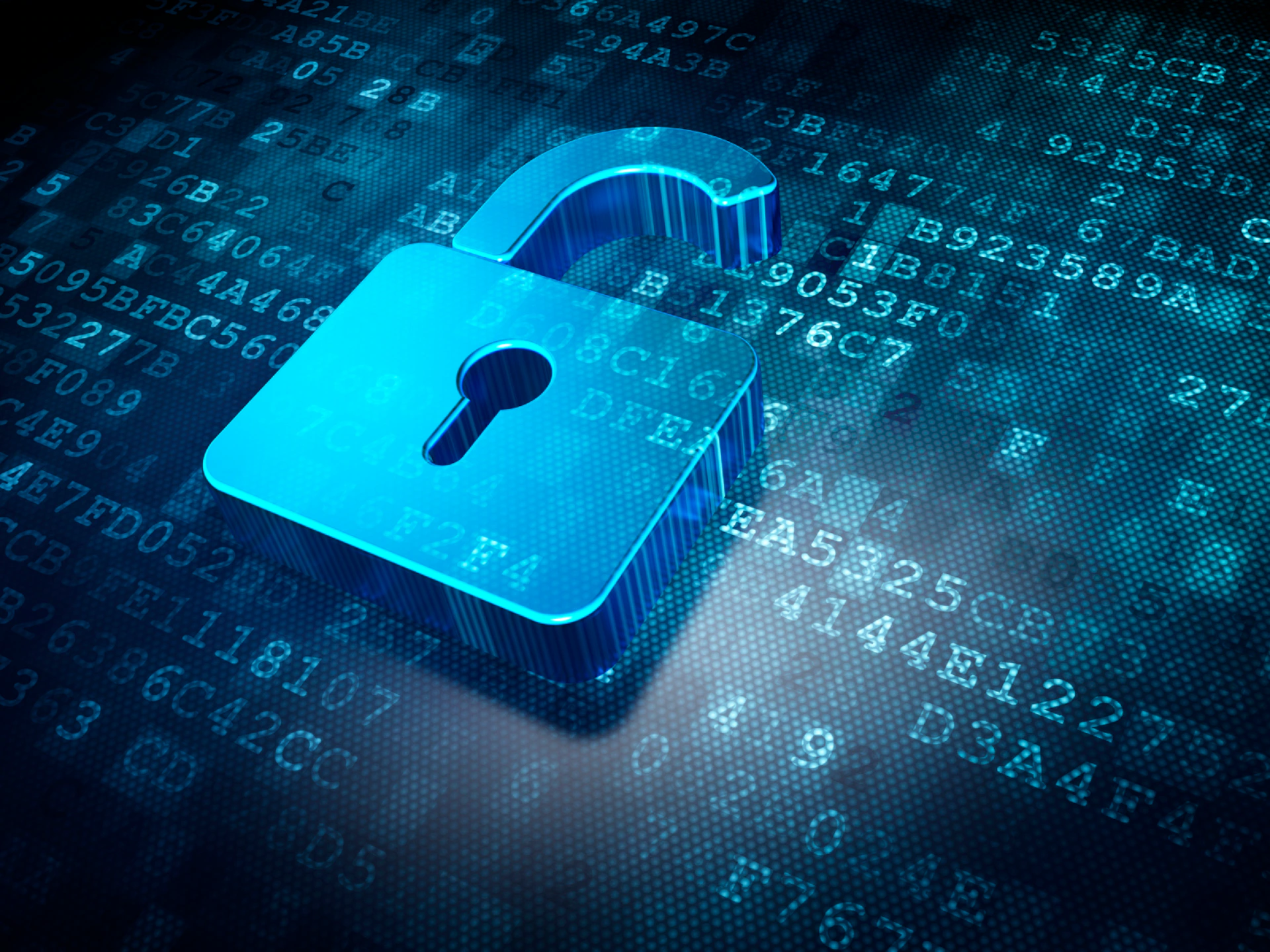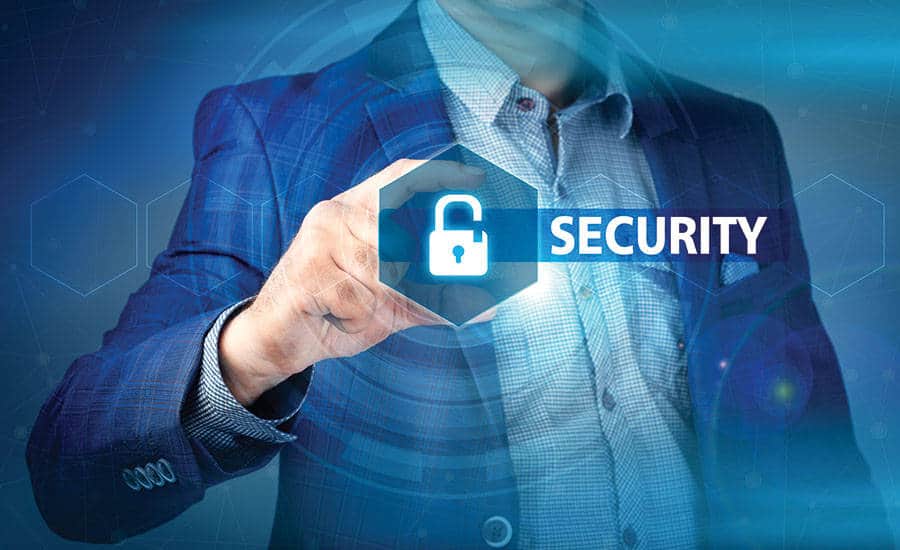In the rapidly evolving digital landscape, SMEs face a multitude of cyber risks that can compromise the security and integrity of their business operations. It is paramount for SMEs to prioritize safe browsing habits to mitigate these risks effectively and safeguard their valuable data and assets. Understanding common cyber threats is essential in fortifying the digital defenses of SMEs.
Importance of Safe Browsing Habits for SMEs
Safe browsing habits form the foundation of a robust cybersecurity posture for SMEs. By instilling a culture of vigilance, awareness, and IT support among employees, SMEs can greatly lower the risk of becoming targets of cyber threats. such as malware infections, phishing attacks, and data breaches. Implementing safe browsing practices is not only a proactive measure but also a cost-effective strategy to prevent potential cyber incidents that could have severe repercussions on the business.
Understanding Common Cyber Threats
To effectively combat cyber risks, SMEs must be well-versed in the common cyber threats that lurk in the digital realm. Being aware of the various tactics employed by cybercriminals, including social engineering techniques, ransomware attacks, and unauthorized access attempts, empowers SMEs to proactively identify and address vulnerabilities in their IT infrastructure. By staying informed about emerging cyber threats and trends, SMEs can adapt their security measures to stay one step ahead of potential cyber attacks.
Emphasizing the importance of safe browsing habits and fostering a deep understanding of common cyber threats, SMEs can bolster their resilience against cyber risks and fortify their defenses to navigate the digital landscape securely. Implementing proactive cybersecurity measures is a strategic investment that can safeguard the long-term success and sustainability of SMEs in an increasingly interconnected and digitally driven business environment.
Building a Security Mindset
In safeguarding your business from cyber threats, developing a strong security mindset is fundamental. This involves prioritizing employee training and awareness, as well as implementing secure password practices to fortify your defense mechanisms.
Employee Training and Awareness
Educating employees about cybersecurity best practices is a critical step in enhancing the overall security posture of your SME. By fostering a culture of awareness and accountability, you can empower your staff to recognize potential threats and respond effectively in various scenarios.
It's essential to conduct regular employee security training sessions that cover topics such as practicing safe browsing habits, identifying phishing emails, and recognizing social engineering tactics. Encouraging employees to report any suspicious activities or incidents can help in mitigating risks and preventing security breaches.
Implementing Secure Password Practices
Effective password management is a key aspect of maintaining secure digital environments. Encouraging employees to create strong, unique passwords and refrain from sharing them with others is essential for preventing unauthorized access to sensitive information.
| Secure Password Practices |
| Use a combination of letters, numbers, and special characters |
| Avoid using easily guessable information like birthdays or pet names |
| Implement two-factor authentication for an added layer of security |
| Regularly update passwords and avoid reusing them across multiple accounts |
Incorporating these secure password practices into your organization's security policies, you can significantly reduce the risk of unauthorized access and data breaches. Remember, a strong security mindset starts with proactive measures and a commitment to prioritizing cybersecurity within your SME.

Safe Internet Practices
In navigating the online landscape, safe browsing habits are essential for SMEs to mitigate cyber risks effectively. Within this realm, it is crucial to focus on secure web browsing, email security measures, and staying up-to-date with regular software updates and patches.
Secure Web Browsing
Secure web browsing is a foundational aspect of safe internet practices. By ensuring that employees use secure browsers and follow best practices, SMEs can significantly reduce the risk of falling victim to cyber threats. Implementing secure web browsing involves:
- Encouraging the use of HTTPS websites for secure communication.
- Avoiding clicking on suspicious links or pop-ups.
- Enabling browser security settings to block malicious content.
- Regularly clearing browser cookies and history for enhanced privacy.
Email Security Measures
Email continues to be a prime target for cyber attackers, making robust email security measures a necessity for SMEs. Implementing effective email security practices can safeguard sensitive information and prevent unauthorized access. Key measures include:
- Enforcing strong email password policies and multi-factor authentication.
- Training employees to identify phishing attempts and suspicious email content.
- Using email encryption for secure communication of confidential data.
- Employing email filtering solutions to block spam and malicious attachments.
Regular Software Updates and Patches
Regular software updates and patches play a vital role in maintaining a secure IT environment for SMEs. Software vulnerabilities are often exploited by cybercriminals to gain unauthorized access or compromise sensitive data. By staying proactive with software updates and patches, SMEs can:
| Software | Importance of Updates |
| Operating System | Addresses security vulnerabilities and enhances system performance. |
| Antivirus Software | Provides protection against the latest threats and malware. |
| Web Browsers | Fixes security flaws and improves browser functionality. |
| Productivity Software | Enhances security features and resolves software bugs. |
Prioritizing safe internet practices such as secure web browsing, email security measures, and regular software updates and patches, SMEs can fortify their defenses against cyber risks and cultivate a secure digital environment for their operations.
Protecting Sensitive Data
In cybersecurity, safeguarding sensitive data is paramount for SMEs to prevent unauthorized access and data breaches. Two key practices that play a vital role in protecting sensitive data are encryption and secure file sharing practices.
Encryption and Data Protection
Encryption serves as a robust defense mechanism to secure confidential information from cyber threats. By encrypting data, SMEs can transform plain text into ciphertext, making it unreadable to unauthorized parties. This ensures that even if data is intercepted, it remains protected and inaccessible to cybercriminals.
Implementing encryption algorithms, such as Advanced Encryption Standard (AES) or RSA (Rivest-Shamir-Adleman), can help SMEs fortify their data protection measures. These algorithms use complex mathematical computations to encode data, adding an extra layer of security to sensitive information stored on devices or transmitted over networks.
Moreover, SMEs should consider encryption for various communication channels, including emails, instant messages, and file transfers. By encrypting communication channels, businesses can safeguard sensitive data exchanges and mitigate the risk of interception by malicious actors.
Secure File Sharing Practices
In today's interconnected digital landscape, secure file sharing practices are essential for SMEs to collaborate efficiently while maintaining data security. Adopting secure file sharing solutions helps prevent data leaks, maintain confidentiality, and ensure regulatory compliance.
One effective approach to secure file sharing is utilizing secure file transfer protocols like Secure File Transfer Protocol (SFTP) or HTTPS. These protocols employ encryption techniques to protect files during transmission, reducing the risk of data exposure to unauthorized entities.
Overall, by prioritizing encryption and embracing secure file sharing practices, SMEs can bolster their data protection strategies and mitigate the potential impact of security incidents. Upholding these safeguards is crucial in safeguarding sensitive data and fostering a secure digital environment for business operations.

Secure Network Management
In safeguarding your business from cyber threats, effective network management plays a pivotal role. Two key components of secure network management for SMEs are firewall and antivirus software, along with Virtual Private Networks (VPNs) for an added layer of security.
Firewall and Antivirus Software
Firewall and antivirus software are crucial tools for strengthening your network's defense against cyber threats. Firewalls act as a barrier between your internal network and potential external threats, monitoring and controlling incoming and outgoing network traffic based on predefined security rules. Antivirus software, on the other hand, safeguards your systems by detecting, blocking, and removing malicious software like viruses, malware, and ransomware.
| Security Measure | Description |
| Firewall | Acts as a barrier between internal network and external threats; monitors and controls network traffic. |
| Antivirus Software | Detects, blocks, and removes malicious software such as viruses, malware, ransomware. |
Deploying a robust firewall and keeping antivirus software updated, SMEs can significantly reduce the risk of cyber attacks and data breaches, safeguarding their digital assets and sensitive information.
Virtual Private Networks (VPNs) for Enhanced Security
Virtual Private Networks (VPNs) offer an additional layer of security for SMEs by creating a secure and encrypted connection over the Internet. VPNs ensure that data transmitted between your devices and the network is encrypted, making it difficult for unauthorized users to intercept or access sensitive information.
Utilizing VPN services is particularly beneficial when employees need to access company resources remotely or connect to public Wi-Fi networks. By incorporating VPN technology into their network infrastructure, SMEs can enhance the security of their data transmissions and protect against potential threats, ultimately fostering a safer digital environment for their business operations.
Creating a Cyber Incident Response Plan
In cyber incident response plan, a comprehensive framework outlining the steps to follow in the event of a security breach or cyber attack. It serves as a roadmap for how the organization should detect, respond to, and recover from different types of cyber incidents. The primary goal of this plan is to minimize the damage caused by a cyber incident and restore normal operations swiftly.
In creating a cyber incident response plan, SMEs should consider the following key elements:
| Key Elements of a Cyber Incident Response Plan |
| 1. Incident Identification - Establish processes for detecting and identifying potential security incidents promptly. |
| 2. Response Team Formation - Designate a response team responsible for managing and coordinating the response efforts. |
| 3. Containment and Mitigation - Take immediate actions to contain the incident and mitigate further damage. |
| 4. Investigation and Analysis - Conduct a thorough investigation to determine the root cause of the incident. |
| 5. Communication Plan - Define how internal and external communications will be handled during and after an incident. |
| 6. Recovery and Restoration - Develop strategies to recover data, systems, and services to restore normal operations. |
| 7. Documentation and Learning - Document lessons learned from the incident to improve future incident response capabilities. |
Having a detailed and well-practiced cyber incident response plan in place, SMEs can effectively navigate through cyber threats and minimize the impact on their business operations and reputation.
Backing Up Data Regularly
Regularly backing up data is a fundamental aspect of data protection and a critical component of a comprehensive cyber resilience strategy. Data loss can occur due to various reasons, including cyber attacks, hardware failure, human error, or natural disasters. By maintaining up-to-date backups of important business data, SMEs can safeguard themselves against data loss and ensure business continuity in the event of a data breach or system failure.

Enhance IT Efficiency with LK Tech Services
SMEs need to take a systematic approach to data backup by setting clear guidelines for backup frequency, secure storage, encryption protocols, and regularly testing backups to ensure their reliability. Automated backup solutions can greatly reduce the risk of human error and streamline the entire process. Prioritizing these measures strengthens an organization's defenses against data loss and ensures uninterrupted operations during cyber incidents. At LK Tech IT companies in Cincinnati, we specialize in delivering top-notch support tailored to your unique needs. Contact us today to learn how we can help you secure your data and provide ongoing protection.


